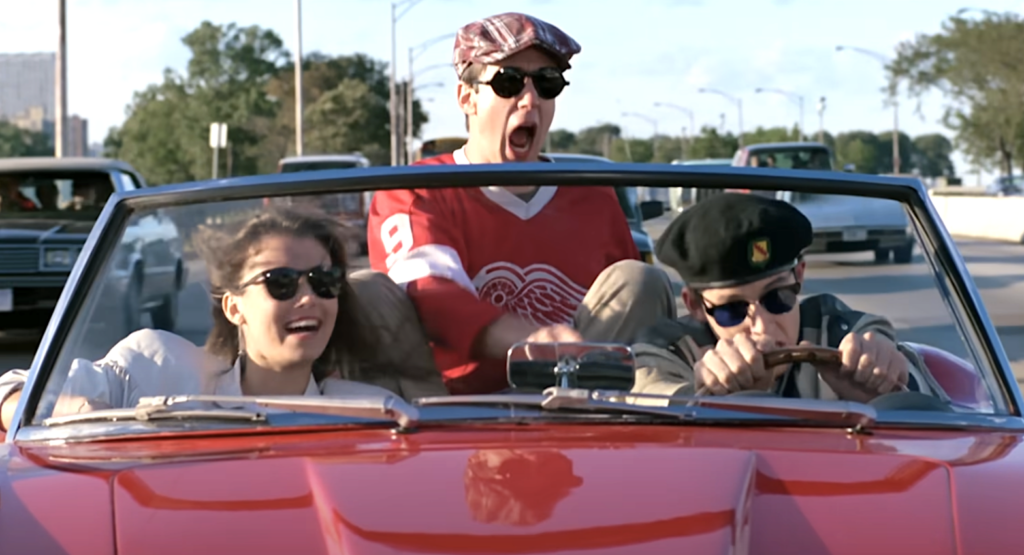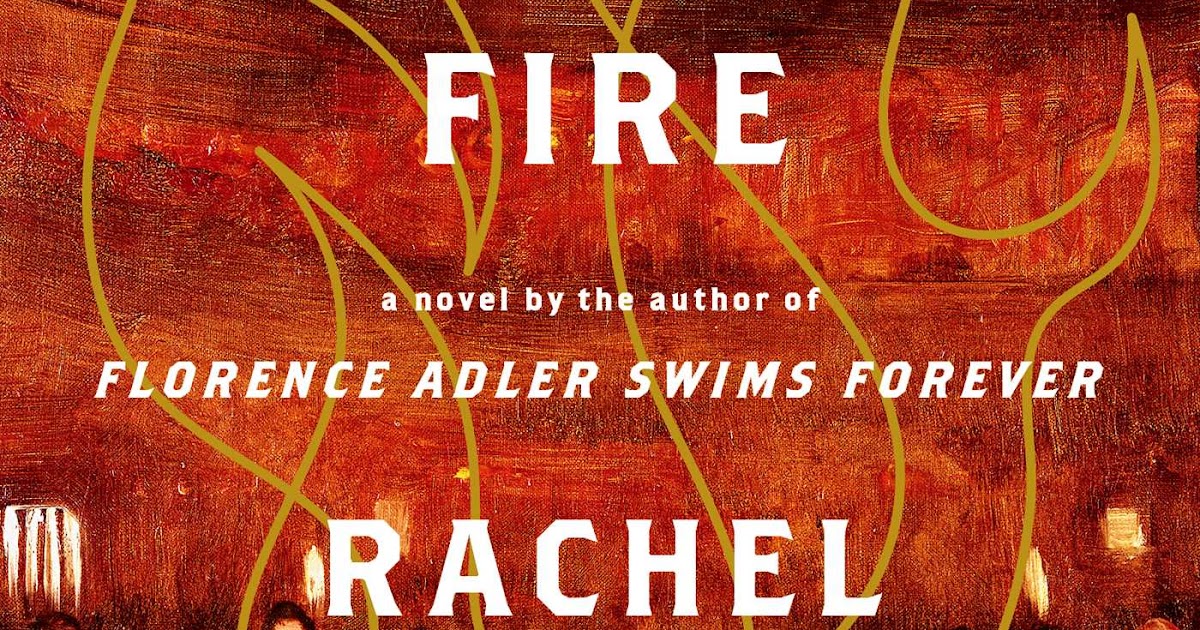“In our salad days, we are ripe for a particular movie that will linger, deathlessly, long after the greenness has gone,” writes the New Yorker’s Anthony Lane in a recent piece on movies in the eighties. “When a friend turned to me after the first twenty minutes of Ferris Bueller’s Day Off, in 1986, and calmly declared, ‘This is the best film ever made,’ I had no cause to disagree.” Many of us reacted similarly, whether we saw the movie in its first theatrical run or not — but we probably wouldn’t have, had the final product adhered more closely to writer-director John Hughes’ original vision. Such, in any case is the contention of the new CinemaStix video essay above.
Incredibly, says the video’s creator Danny Boyd, the Ferris Bueller screenplay “took Hughes less than a week to complete — and, by some accounts, just two nights, finishing the script just as the Writers Guild was about to go on strike, and just 36 hours after pitching the movie to Paramount with nothing but the tagline ‘A high-schooler takes a day off from school.’ ”
At the height of my own adolescent Ferris Bueller-related enthusiasm, I actually read it myself; all I remember is appreciating that the montage Hughes wrote of Ferris gathering up change from cookie jars and sofa cushions, set to Pink Floyd’s “Money,” didn’t make it into the final production.
“Ferris Bueller’s first cut ran two hours and 45 minutes and didn’t work at all,” says Boyd, and its only hope lay in the editing room. Luckily, that room was occupied by Paul Hirsch, editor of Star Wars, Blow Out, and Footloose. The movie had to be not just cut down but rearranged into an order with which audiences — who’d already voiced their displeasure in test screenings — could connect. Initially, Ferris, Sloane, and Cameron’s trip to the Art Institute of Chicago came last, after the parade scene in which Ferris gets up on a float. This may have felt right on the page, but it didn’t on the screen: understanding that the parade “couldn’t be topped,” Hirsch and Hughes realized they had to finish the trio’s excursion with it (and change up its score as well). Thanks to these post-production interventions, Ferris Bueller lives on in the pantheon of modern-day trickster gods.
Related content:
Alfred Hitchcock’s 7‑Minute Master Class on Film Editing
The Art Institute of Chicago Puts 44,000+ Works of Art Online: View Them in High Resolution
Based in Seoul, Colin Marshall writes and broadcasts on cities, language, and culture. His projects include the Substack newsletter Books on Cities and the book The Stateless City: a Walk through 21st-Century Los Angeles. Follow him on Twitter at @colinmarshall or on Facebook.



